When you’re a new parent, it can be hard to find reliable sources of information. There are a lot of voices out there, and so many unknowns. You need advice that you can trust, especially on topics as important as how to feed and nourish your baby.
This is particularly true if you’re transgender or non-binary.
At Nest Collaborative, we believe that every parent has the right to comprehensive lactation care, and we’re dedicated to providing clinical support and care that’s affirming.
Every parent that wants to have a breastfeeding, chestfeeding, or bodyfeeding relationship with their child deserves the opportunity to do that—and to nurture that relationship with support that feels safe. If you’re a transgender, non-binary, or non-gestational parent with a goal to nurse your baby or provide human milk to them, the IBCLCs at Nest Collaborative are here to help.
Because the term breastfeeding has traditionally been associated with a cisgender female feeding an infant from the breast, transgender and non-binary individuals are leading the way toward using more inclusive language when discussing feeding infants with human milk. In particular, some transgender males may prefer using the terms chestfeeding or bodyfeeding to discuss this process, since these terms are more gender neutral and less likely to trigger gender dysphoria.
The terms breastfeeding, chestfeeding, and bodyfeeding will be used interchangeably throughout this article.
Breastfeeding or chestfeeding is possible for people who are transgender and non-binary, but there are numerous factors to consider, and it’s important to note that the process may bring emotional and physical challenges.
Some parents desiring to feed their children with breast milk, particularly transgender men or non-binary individuals, may find that they experience gender dysphoria (or discomfort) while breastfeeding or chestfeeding. Conversely, transgender women may feel that their gender identity is affirmed through the breastfeeding experience.
That being said, each individual has a unique relationship with their gender identity and their child. The reality is that chestfeeding your baby is possible for every gender identity, and no two journeys are exactly alike. If you’re planning on breastfeeding, here’s what you need to know.
While lactation typically begins during pregnancy, being pregnant is not a requirement for lactation. The lactation process is governed by several hormones, including estrogen, prolactin, oxytocin, and progesterone. These hormones are present at some level in all of our bodies, regardless of gender identity or sex at birth.
Some couples with a gestational parent may choose to have both parents contribute to breastfeeding duties by inducing lactation in the non-gestational parent. This is called co-feeding or co-nursing. Co-feeding can be a loving, supportive approach to feeding your baby, allowing parents to more equally share child care responsibilities.
If you didn’t give birth to your child, there are several ways you can start lactation. While some people choose to take medications, start hormone therapy, or use herbs to stimulate lactation, the primary requirement for inducing lactation is to continually stimulate the breasts, even when there is not yet any breast milk to be emptied.
Note: while augmenting your milk production processes with medication and hormones may not be right for every parent hoping to lactate, the chances of achieving a full milk supply significantly increase when they are used. That’s because they can simulate the powerful hormonal changes that occur during pregnancy. If you’re interested in incorporating medication and hormones into your lactation plan, it’s vital to work closely with an IBCLC and your primary healthcare provider to ensure you do so in a safe manner.
There are varying methods to stimulate and empty the breasts of milk, including using a breast pump or manually stimulating the breasts. However, inducing lactation does take time, and it’s recommended to begin the process of inducing lactation at least six months before you expect to start chestfeeding, or even earlier if possible. There are ways to accelerate this process if you have less time, but in general, the sooner you can start preparing your body, the better.
Some non-gestational parents follow generic guidance published in the Newman-Goldfarb protocol to induce lactation before the birth of their children. While this can be a helpful model and a great starting point, an IBCLC can also support you in developing a personalized lactation protocol that accounts for your medical history and gender identity.
If you have previously undergone chest masculinization (or top) surgery, you may still be able to bodyfeed. Top surgery doesn’t typically impact your mammary gland, the part of the breast responsible for producing milk. However, if your surgery involved a nipple graft or if your milk ducts were damaged during surgery, your ability to chestfeed could be affected.
Even if you were assigned male at birth, your body contains some glandular (milk-producing) breast tissue and is capable of producing breast milk. However, because your body’s natural testosterone levels may inhibit the hormone prolactin, which helps to induce lactation, you may need to take the hormone spironolactone to reduce your testosterone levels and produce milk.
As a transgender or non-binary parent, this is a common question, but take heart. It’s a question that lots of parents ask themselves, regardless of gender identity or if they birthed their child themselves.
Some transgender and non-binary parents are able to develop a full supply of breast milk. The amount of milk your body produces is based on many factors, including your current health, your body’s breast tissue, and your hormone levels. Breast size is not a significant factor in milk production.
Once you begin to lactate and start breastfeeding your baby, your milk supply should increase and adapt as your baby continually empties your breasts of milk. Ensuring your baby has a perfect latch can help them effectively drain your breasts of milk and maintain your supply. If your body isn’t producing as much milk as you’d like, there are ways to increase milk production, including using breast massage and chestfeeding or pumping more frequently.
Even if you don’t produce enough milk to exclusively breastfeed your baby, you can still maintain your breastfeeding relationship. Breastfeed your baby first before providing them with any donor milk to ensure you don’t diminish your supply. Some parents even choose to use an at-chest supplementer to provide their baby with donor milk, which supports your chestfeeding relationship by feeding your baby with donor milk at the breast.
"It’s also worth noting that even small volumes of human milk have been shown to be beneficial,” says Nest Collaborative IBCLC, Katie Cohen. “Studies show that some of the important immune factors in breast milk actually increase in concentration with lower milk supply, so the baby can get a bigger dose of antibodies while consuming a smaller volume of milk. Remember that every drop of human milk counts!"
Typically, artificial hormones are not present in high enough levels to transfer to your baby via breast milk. Even if artificial hormones are present in your breast milk, they are at very small levels. Additionally, these artificial hormones—namely, testosterone, estrogen, and progesterone—are naturally present in the human body and will not negatively affect your baby.
If you are receiving testosterone or estrogen hormone treatment, it could decrease your milk supply. It’s important to discuss your hormone treatment with your medical provider if you intend to induce lactation or chestfeed.
Your gender identity may shape your experiences in life, but it shouldn’t prevent you from achieving your breastfeeding or chestfeeding goals. Our multilingual IBCLCs are LGBTQ+ inclusive and available on evenings and weekends, so you can get the support you need with breastfeeding or chestfeeding when you need it. If you could use support on your feeding journey, book a convenient online video appointment with a Nest Collaborative IBCLC today.
